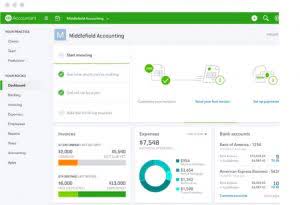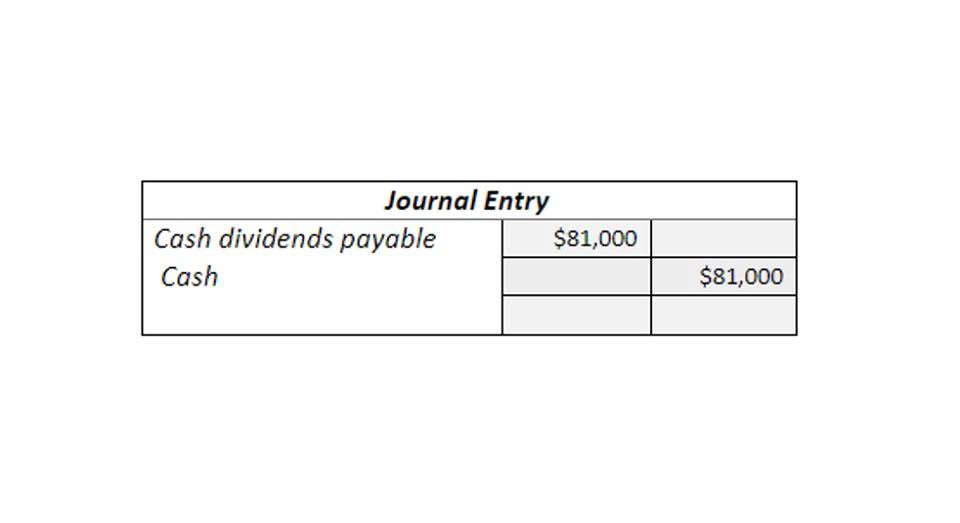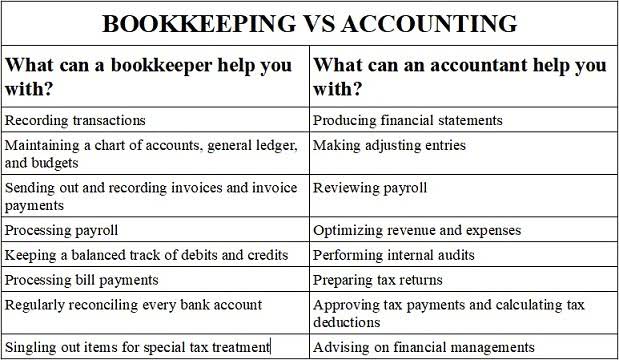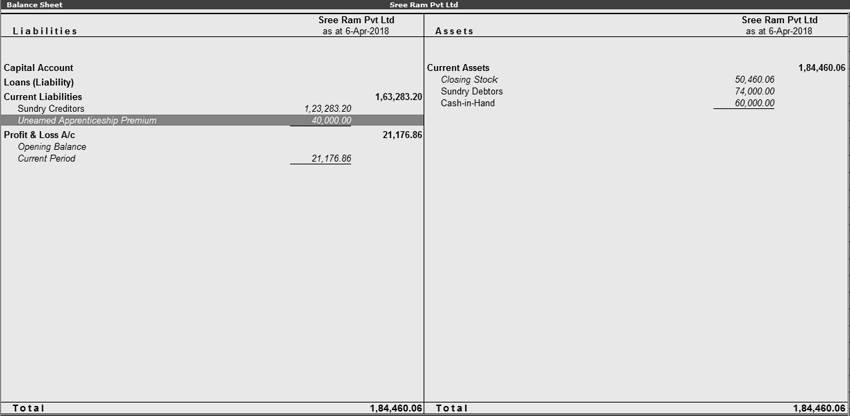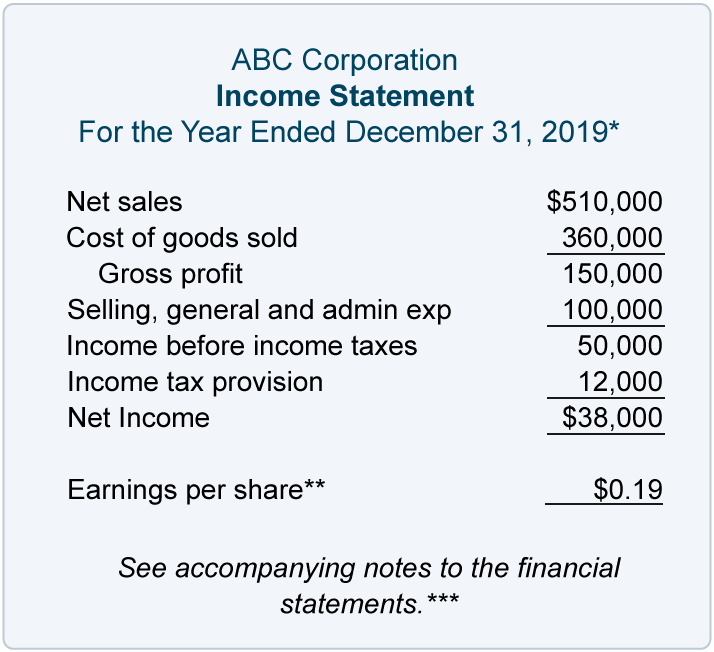Fixed Assets What Is It, Types, List, Examples, Advantages
Equipment and machinery are https://x.com/BooksTimeInc both examples of assets that businesses use. Interestingly enough, these items can serve as assets, and any debt used to purchase them can represent a liability. There are no limits based on age, contract, or regulatory obligations.
Related Resources
Asha, the owner of Asha builder, is unsure how she should account for buildings in her books of account as this was her new business. So she has approached an accountant to help her decide how these buildings cost and sell should be recorded in books of accounts. However, the computer accessories need to be scrutinized, whether the same are separable or inseparable assets, as the accounting for the same is done differently. 0If they are inseparable, they will be included in the cost to the computer, or if they are separable, they will be recorded as a different asset in the books of account. Proceeds from the sale and purchase of assets are treated as cash cash flows from investing activity.
What Are the Uses of a Balance Sheet?
Each fixed asset has a certain useful life, i.e. number of years for which the fixed asset is expected to generate economic benefits through continued use. Public companies, on the other hand, are required to obtain external audits by public accountants, and must also ensure that their books are kept to a much higher standard. The financial statement only captures the financial position of a company on a specific day. Looking at a single balance sheet by itself may make it difficult to extract whether a company is performing well. For example, imagine a company reports $1,000,000 of cash on hand at the end of the month.
How Balance Sheets Work
Inventory includes amounts for raw materials, work-in-progress goods, and finished goods. The company uses this account when it reports sales of goods, generally under cost of goods sold in the income statement. Equipment is also quite valuable and crucial to the operation of any organization. It propels operations forward and allows a company to generate money on a consistent basis.
Types of Capital Assets in Business
An understanding of what is and isn’t a fixed asset is of great importance to investors, as it impacts the evaluation of a company. Fixed assets are used by the company to produce goods and services and generate revenue. Goodwill is the portion of the purchase price that is greater than the fair market value of the assets and liabilities of the company that was bought. Goodwill is meant to capture the value of a company’s brand name, customer base, relationships with stakeholders, and employee relations. A music production company might own the rights to songs, which means that whenever a song is played or sold, revenue is earned. Although these assets have no physical properties, they provide a future financial benefit for the music company and the musical artist.
- Property plant and equipment (PP&E) are long-term tangible assets that are physical.
- Current assets let businesses pay their short-term debts and liabilities and fund day-to-day operations.
- Purchases of PP&E are a signal that management has faith in the long-term outlook of its company.
- Due to the wear and tear of the machinery, the company decided to purchase another $1,000,000 in new equipment.
- The PP&E account is remeasured every reporting period, and, after accounting for historical cost and depreciation, is defined as book value.
- They stand alongside land, buildings, and machinery as key plant assets.
- Property, plant, and equipment (PP&E) are tangible or physical assets.
Investors and creditors use these reports to determine examples of plant assets a company’s financial health and decide whether to buy shares or lend money to the business. Fixed assets are important to capital-intensive industries, such as manufacturing, which require large investments in PP&E. When a company reports persistently negative net cash flows for the purchase of fixed assets, this could be a strong indicator that the firm is in growth or investment mode.
They stand alongside land, buildings, and machinery as key plant assets. With technology at the heart of modern operations, software shapes how businesses run–from accounting systems to customer management tools. The difference between the two is that capital assets is a more expansive collection of assets.
- Each of these structures is a capital asset that would likely provide long-term benefit to the company.
- Capital expenditures (CapEx) are funds used by a company to acquire, upgrade, and maintain physical assets such as property, plants, buildings, technology, or equipment.
- However, if the car is used for personal use, it is not considered a fixed asset and is not recorded on the company’s balance sheet.
- Together, current assets and current liabilities give investors an idea of a company’s short-term liquidity.
- Companies tend to record intangible assets on a balance sheet but include only things that the business buys or acquires (like a patent, email list, or a solid website).
ZKB, Inc. recently purchased a milk-processing plant at a cost of $28 million. Freight for delivery of the plant components to the installation site amounted to $0.2 million. The installation contractor was paid an amount of $2 million which included all the costs related to installation, https://www.bookstime.com/ i.e. locally manufactured assembly components, labor, etc. An independent firm carried out inspection at a cost of $0.5 million. Test run was conducted from 11 April 2015 to 30 April 2015 at a cost of $0.2 million. Carrying value is the amount at which a fixed asset is presented on a balance sheet.


